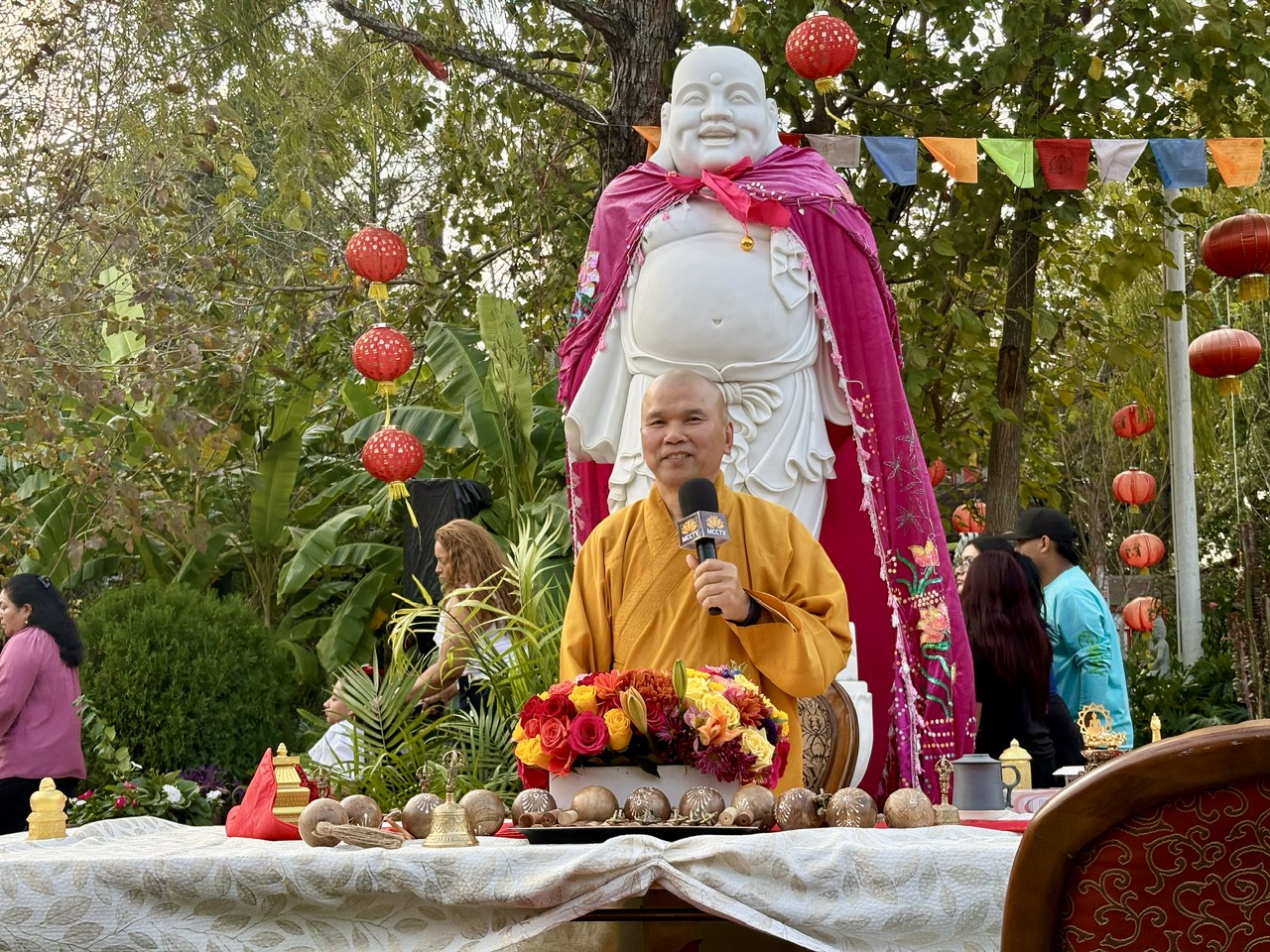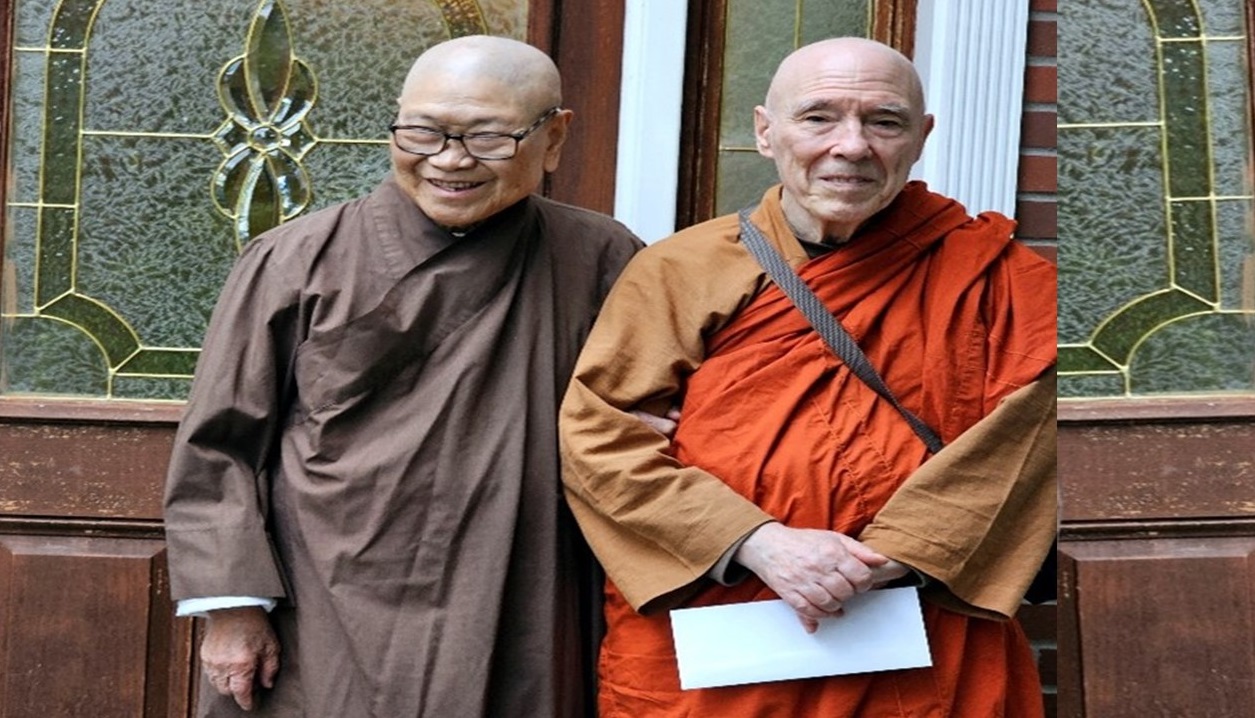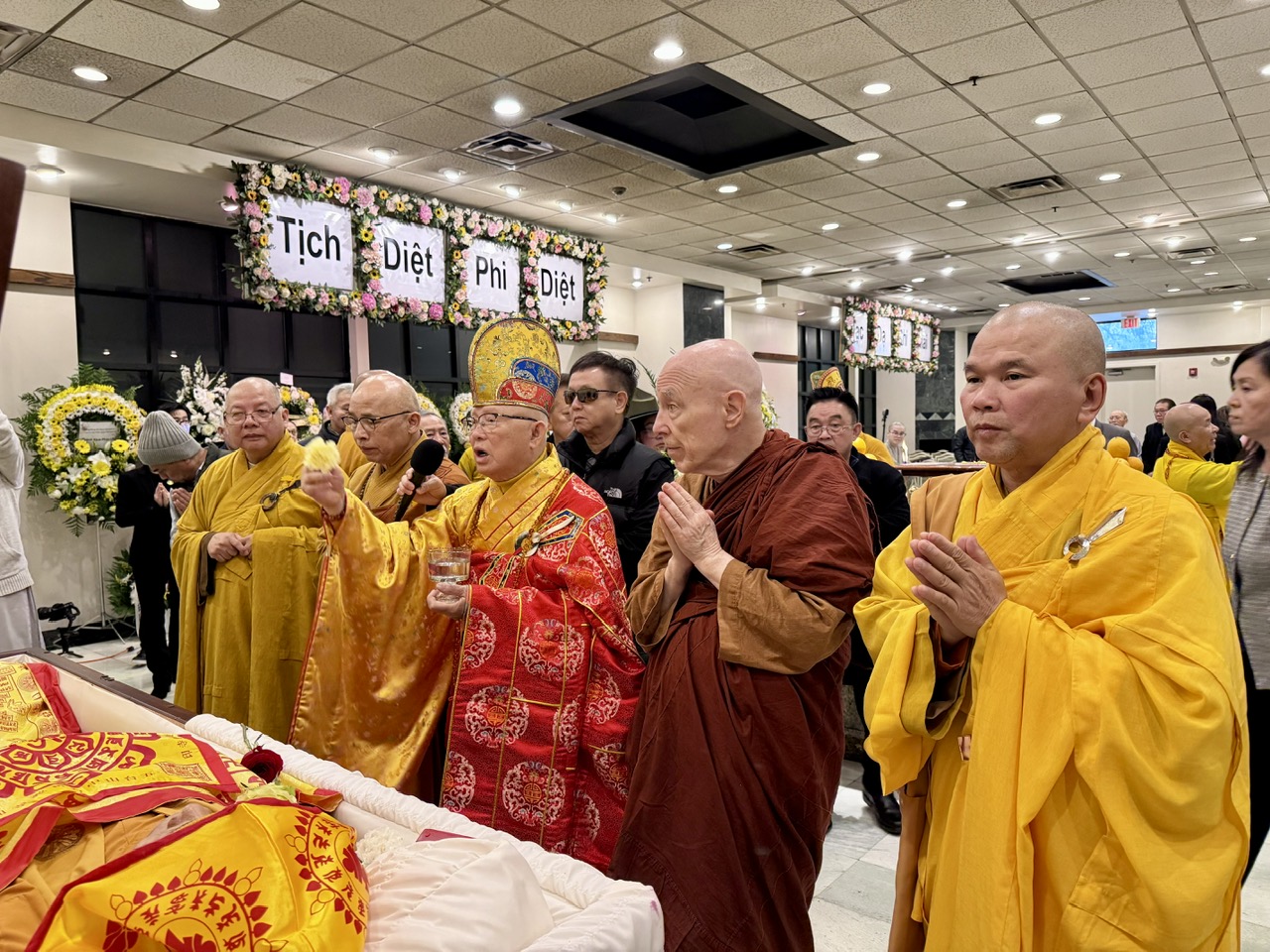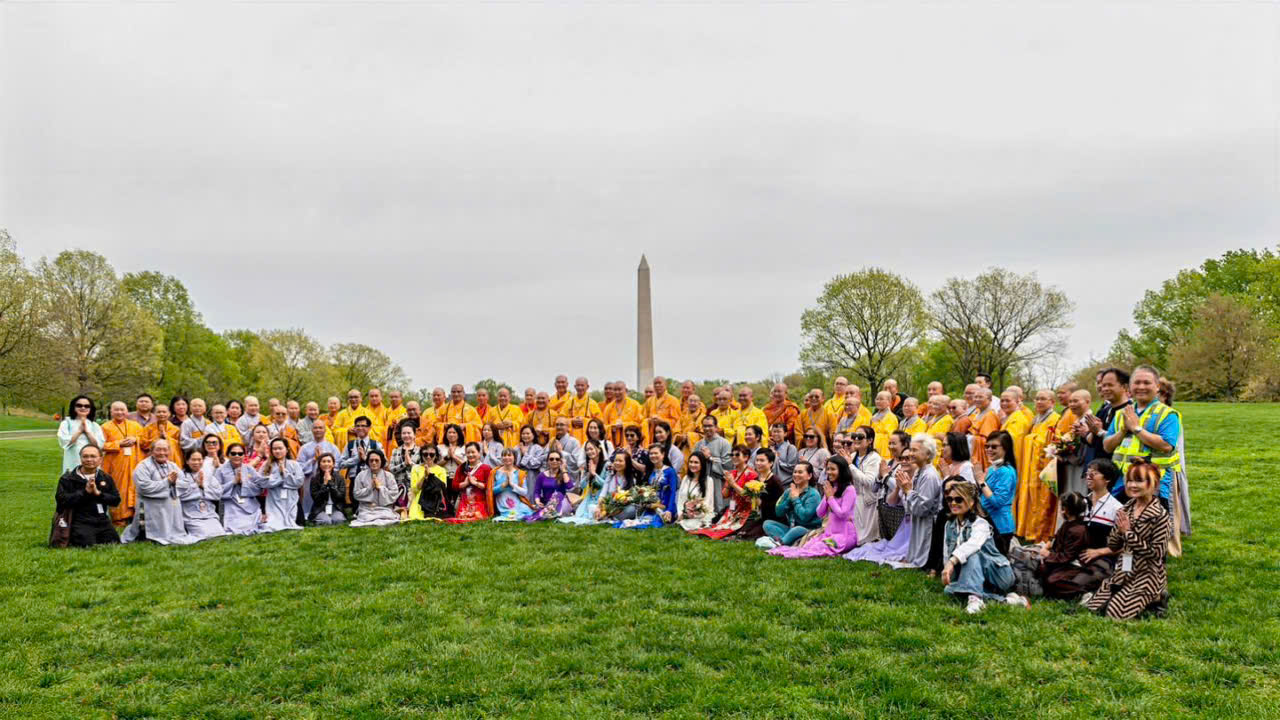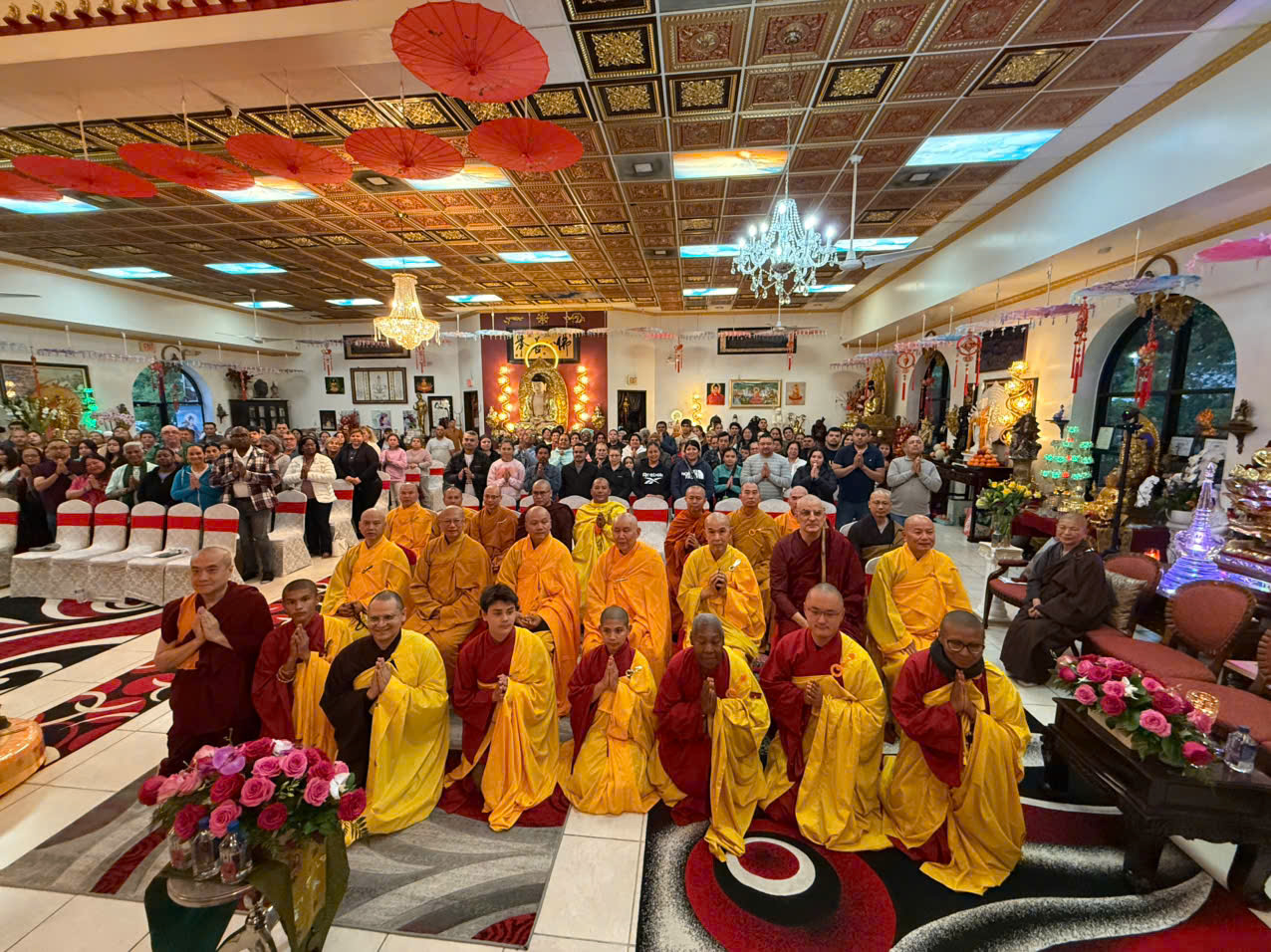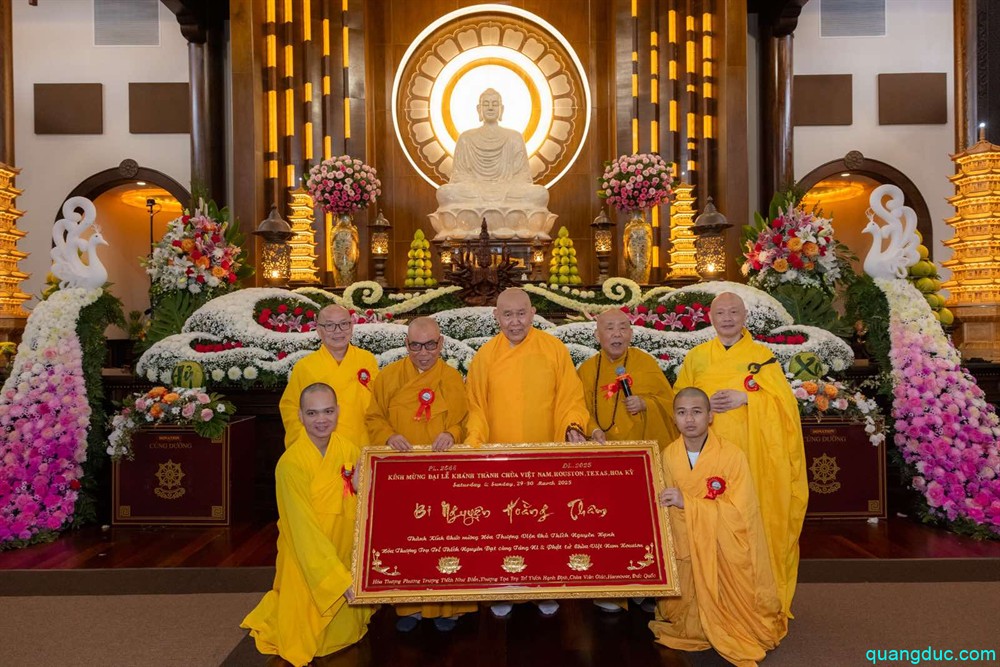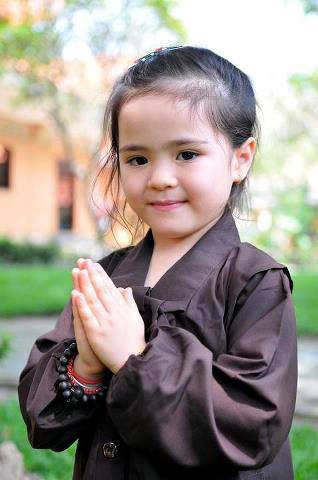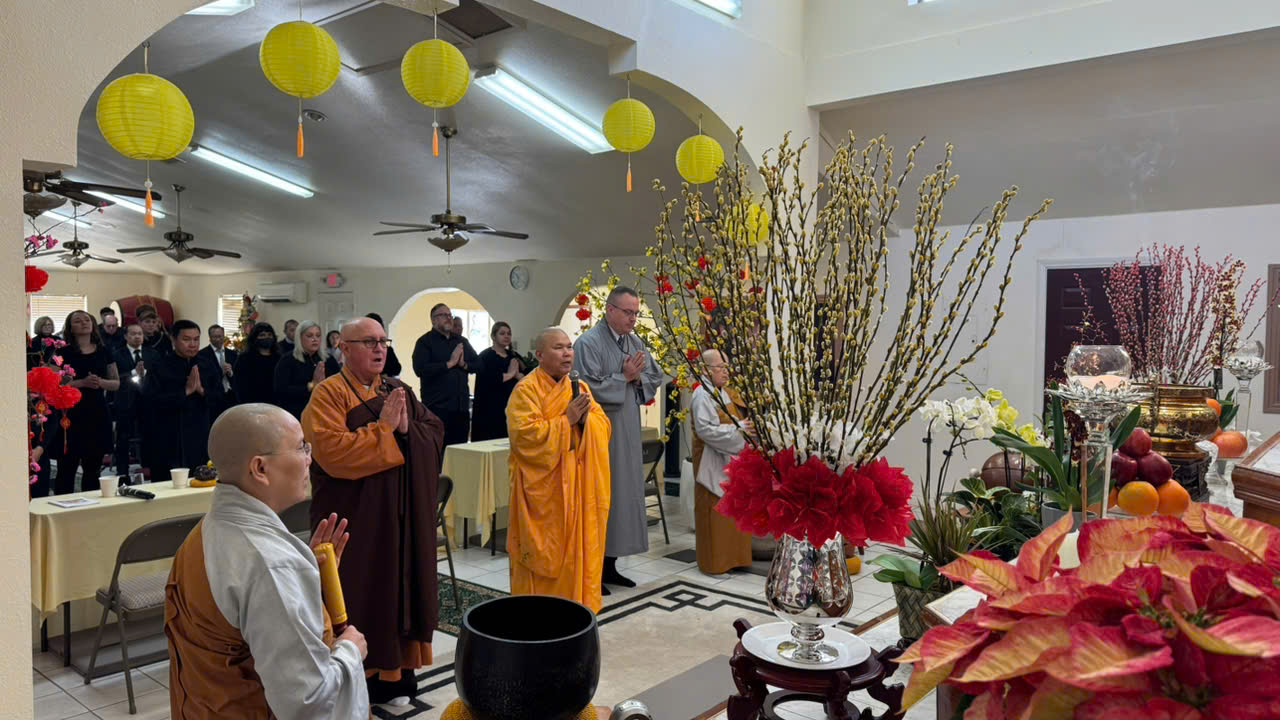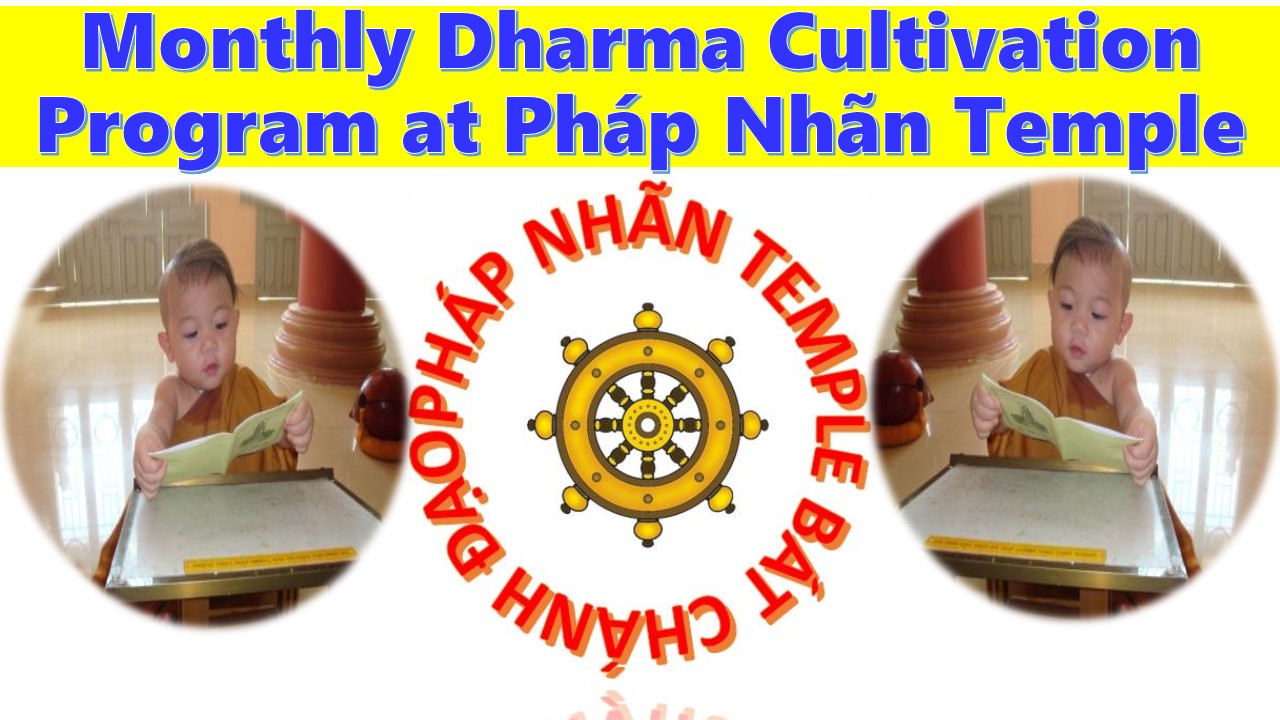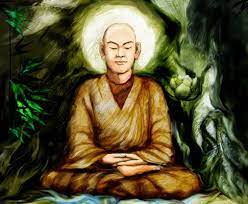
NO-MIND IS THE WAY: BAHIYA SUTTA
Zen teaches that those who live with No-mind are liberated. Tran Nhan Tong, a renowned Vietnamese Zen master from the 13th century, once wrote that when encountering any phenomenon, if one can maintain No-mind, there is no need to inquire further about Zen. The Buddha previously taught the Dharma of No-mind in the Udana Sutra 1.10. This article will draw upon various English translations available on Sutta Central.
A hermit named Bahiya lived in the town of Supparaka. The townspeople revered Bahiya, offering him robes, a house, and many other gifts. Bahiya was confident that he had attained Arahantship or was on the path to becoming an Arahant. However, a deva, who had been a relative of Bahiya in a previous life, appeared to him and conveyed that he was neither an Arahant nor on the correct path to achieving Arahantship.
Bahiya stated that he was an Arahant or had embarked on the path to becoming one. The deva responded that the Buddha, who resided in the northern city of Savatthi, was indeed an Arahant and was teaching the Dhamma to help his disciples attain Arahantship.
Bahiya left the town of Supparaka, hurried to Savatthi, entered Anathapindika’s garden, and encountered some monks engaged in walking meditation outdoors. Bahiya requested to see the Buddha but was informed that the Buddha was out on his alms round.
Bahiya entered Savatthi and saw the Buddha on his alms round, appearing serene and calm. Bahiya approached, prostrated himself on the ground, touched his head to the Buddha’s feet, and requested to learn the Dhamma.
The Buddha replied to Bahiya that it was not yet the right time, as he was going into people’s homes to beg for alms.
Bahiya stated that impermanence is swift, and since he did not know how long he would live, he felt an urgent need to learn the Dhamma.
The second time, the Buddha responded to Bahiya that it was not yet the appropriate moment, as he was going to people’s homes to beg for alms.
The third time, Bahiya expressed that he did not know how long he would live, so he urgently needed to learn the Dhamma.
The Buddha advised Bahiya to train himself in the following manner.
“And since for you, Bahiya, in what is seen there will be only what is seen, in what is heard there will be only what is heard, in what is sensed there will be only what is sensed, in what is cognized there will be only what is cognized, therefore, Bahiya, you will not be with that; and since, Bahiya, you will not be with that, therefore, Bahiya, you will not be in that; and since, Bahiya, you will not be in that, therefore, Bahiya, you will not be here or hereafter or in between the two—just this is the end of suffering.”
Upon hearing this brief teaching, Bahiya was immediately liberated from his defilements through non-attachment. Shortly after the Buddha departed, a young cow struck Bahiya, resulting in his death.
When the Buddha returned from his alms round, he discovered that Bahiya had passed away. The Buddha instructed the monks to place Bahiya’s body on the ground, burn it, and erect a monument in his honor, as he was their fellow monk.
When the monks had finished, they asked the Buddha about Bahiya’s next life and its destination. The Buddha replied that Bahiya had practiced the Dhamma correctly and had attained final Nirvana.
Then the Buddha recited the following verse:
Where water, earth, fire, and wind have no place,
Where the stars do not shine and the sun provides no light,
Where the moon does not shine and darkness cannot be found,
When one experiences this firsthand—a holy person possessing true wisdom—
Then one is liberated from both form and formlessness, transcending both pleasure and pain.
Video, 4:44 minutes long:
https://youtu.be/p4x9fLmm1VU
Reference:
https://suttacentral.net/ud1.10/en/sujato
https://suttacentral.net/ud1.10/en/anandajoti
SN 22.63 Sutta: When one clings, one is bound by Mara
The Diamond Sutra and the Heart Sutra emphasize that one should not cling to anything, as nothing possesses a permanent self, and the true nature of all phenomena is emptiness. Specifically, the Buddha taught in the SN 22.63 Sutta that clinging to anything binds one to Mara. This article will be based on the translations available on Sutta Central.
Once, a monk approached the Buddha, paid his respects, and requested a brief teaching. He hoped that after hearing it, he could find a secluded place to live alone and practice according to that teaching in order to attain liberation.
The Buddha taught that if one clings to anything, one will be bound by Mara; however, if one does not cling, one will be free from Mara.
The monk replied that he understood the teachings of the Buddha.
The Buddha asked the monk how he interpreted that brief teaching.
The monk replied that when one clings to form, one is bound by Mara. Specifically, when one clings to what is seen, heard, smelled, tasted, touched, and thought, one is ensnared by Mara. Similarly, when one clings to feelings, perceptions, mental formations, and consciousness, one remains bound by Mara. Therefore, the monk stated that by relinquishing attachment to anything, one can attain freedom from Mara.
The Buddha praised the monk for comprehensively understanding the meaning of his brief teaching.
The monk was filled with joy, paid homage to the Buddha, withdrew to a secluded place to live in solitude, practiced diligently, attained direct wisdom, and became one of the Arahants.
Video 2:04 minutes long:
https://youtu.be/7wJm5e9qbn8.
SN 22.63 Sutta:
– Thầy Minh Châu: https://suttacentral.net/sn22.63/vi/minh_chau
– Bhikkhu Bodhi: https://suttacentral.net/sn22.63/en/bodhi
– Bhikkhu Sujato: https://suttacentral.net/sn22.63/en/sujato


